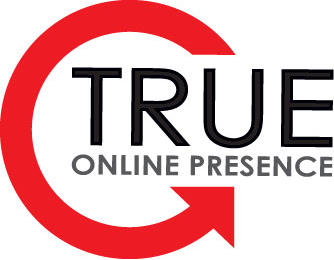
by asplichal | Aug 16, 2021 | eCommerce, Google Shopping
Here is an expert tip on a fairly simple way to save some money on your Google Paid Ads. How much ad spend you are going to reduce will depend on how much you are currently spending and how many negative keywords you currently are using, but I can tell you that it could be […]

by asplichal | Oct 5, 2020 | eCommerce, Google Shopping, Proper Maintenance
One of the common misconceptions for those new to advertising with Google Shopping is that you want to generate as much traffic as possible. As with any marketing channel where you pay for traffic, this is blatantly false! With Google Shopping unlike Google Search there are no keywords. Instead, Google uses their algorithm to match […]


